Table of Contents
The Hungarian flag, also referred to as the flag of Hungary, carries profound historical and cultural significance for the country, encapsulating the essence of its identity and collective aspirations. In this piece, we delve into the captivating facets of the Hungarian flag, encompassing its design, symbolism, and historical underpinnings.
The Hungarian flag features three horizontal stripes: red, white, and green, arranged from top to bottom. Each color bears symbolic representation deeply entrenched in Hungarian history and ethos.
Hungarian Flag: Colors and Heritage
- The design of the Hungarian flag consists of three horizontal bands: red, white, and green.
- The red stripe embodies valor and the sacrifices made throughout Hungary’s storied past.
- The white stripe symbolizes freedom, unity, and the aspirations of the Hungarian people.
- The green stripe represents the fertile lands, hope, and prosperity of the nation.
- The flag’s origins can be traced back to the Hungarian Revolution of 1848, although its current form was officially adopted on May 23, 1957.
- The ideological significance of the flag reflects Hungary’s enduring commitment to liberty, unity, and the preservation of its cultural heritage, embodying the spirit of its struggles and the values it holds dear.
Flag of Hungary
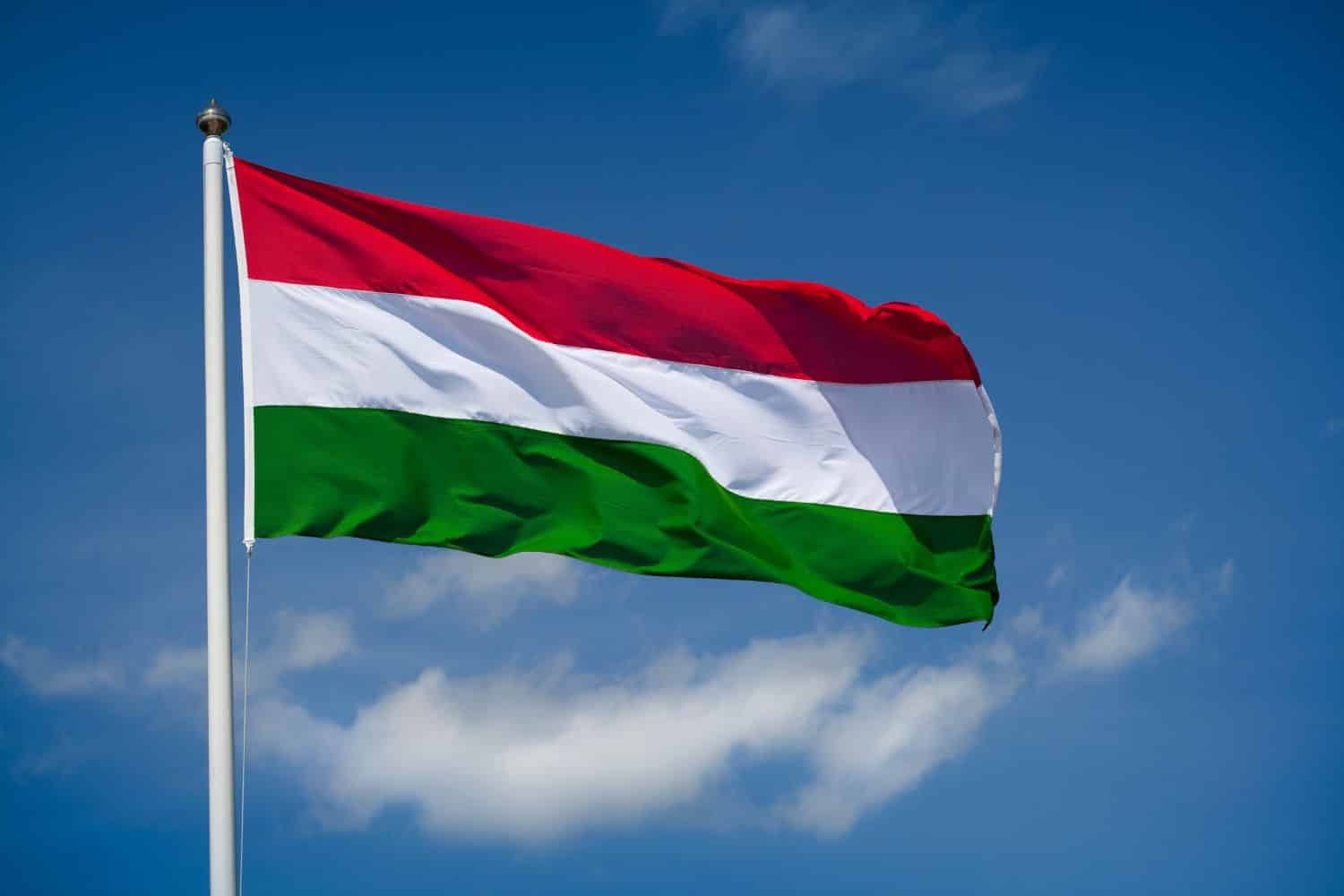
The flag of Hungary stands as a potent emblem, encapsulating the essence of the nation’s cultural identity and ethos. Its design comprises three horizontal stripes: red on top, white in the middle, and green at the bottom. These colors hold profound significance, reflecting Hungary’s historical narrative and national character.
The red stripe embodies the spirit of valor and sacrifice, echoing the courage and determination of the Hungarian people throughout history. White signifies purity and freedom, symbolizing the nation’s aspirations for peace and unity. The green stripe represents the fertile lands and abundance of nature in Hungary, evoking hope and prosperity for its citizens.
The history of the Hungarian flag is deeply intertwined with the country’s heritage and struggles for independence. Originally adopted in 1848 during the Hungarian Revolution, the flag has since evolved to embody the resilience and unity of the Hungarian people.
Beyond its visual aesthetics, the Hungarian flag carries profound symbolic meanings. Its colors and composition serve as a reflection of Hungary’s values and aspirations, symbolizing courage, purity, and abundance. Together, they form a timeless emblem of Hungary’s cultural heritage and national unity, resonating with the spirit of its people throughout the ages.
National Flag Etiquette and Protocol
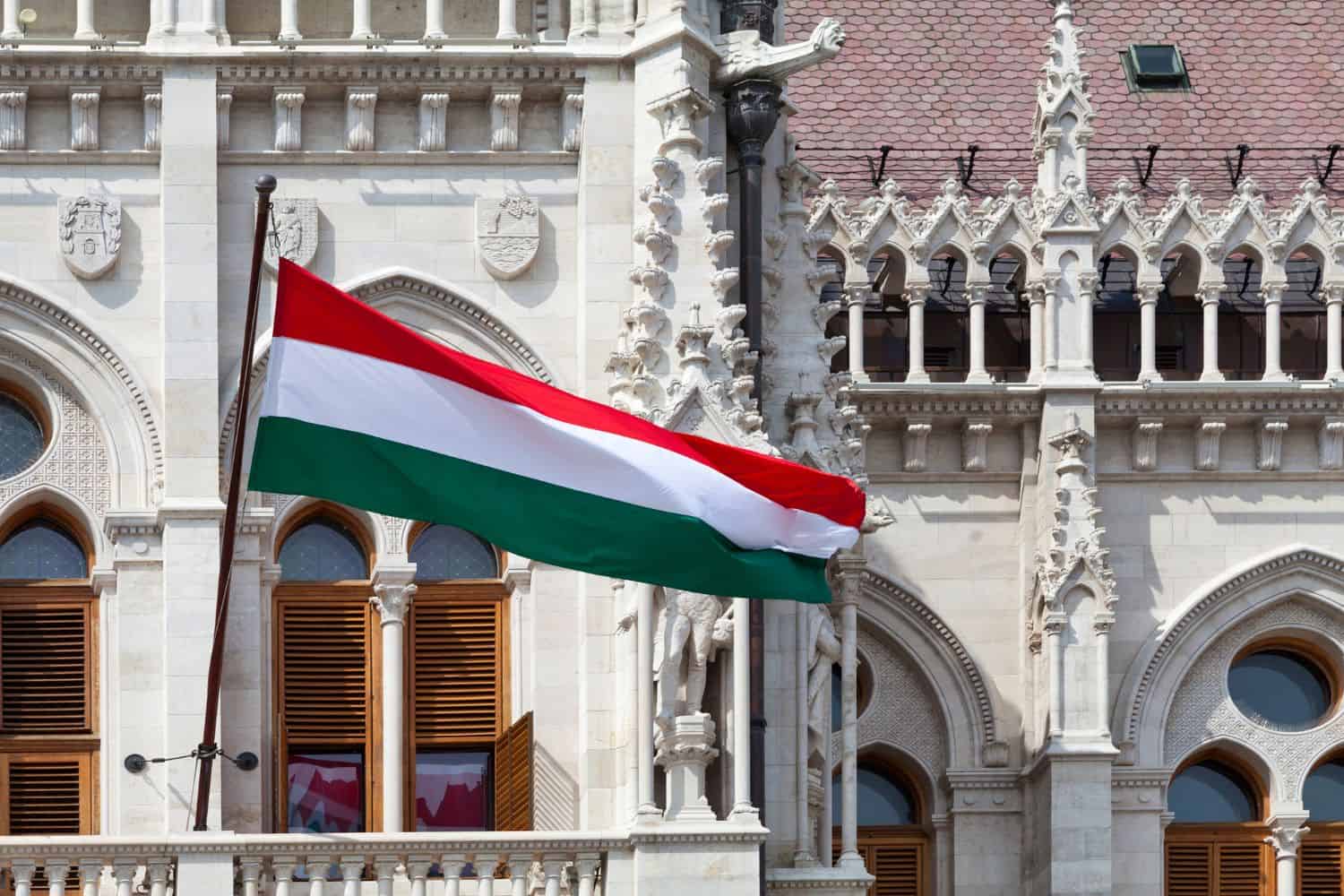
Maintaining the appropriate use and display of the Hungarian flag is of utmost importance. Understanding the etiquette involved in handling the flag, especially during national ceremonies and events, is essential. It is important to be informed about the rules that dictate the handling, hoisting, and lowering of the flag. Additionally, one must know the correct procedures for retiring or managing damaged flags to ensure they are treated with the respect they deserve.
- Proper Handling: It is essential to handle the Hungarian flag with care and reverence, preventing it from touching the ground or the floor. It must always be held upright and never dragged along any surface.
- Hoisting and Lowering: The flag should be hoisted briskly and lowered ceremoniously. The general practice is to hoist the flag at sunrise and lower it at sunset, although adjustments can be made depending on specific guidelines or the occasion at hand.
- Displaying the Flag: When displaying the flag, it should have the horizontal tricolor with red on top, white in the middle, and green on the bottom. It is important to allow it to fly freely, without being entangled or obstructed in any way.
- Half-Staff: On certain days of remembrance or during national tragedies or the passing of important figures, the flag should be flown at half-staff as a sign of mourning or respect, following directives from the relevant authorities.
- Flag Retirement: When the Hungarian flag becomes damaged or worn out, it should be retired gracefully and respectfully. This may involve burning it in a solemn and respectful ceremony, in line with the proper guidelines and local regulations.
- Flag Size and Placement: The size of the flag that is displayed should be in proportion to the flagpole or the display area. It is recommended to follow the advice of local authorities or guidelines for specific details on flag size and placement.
- Respectful Disposal: In instances where burning is not a feasible option for flag retirement, the flag should be disposed of respectfully, either by burying it or giving it to authorized organizations that specialize in flag disposal.
Interesting Facts and Trivia
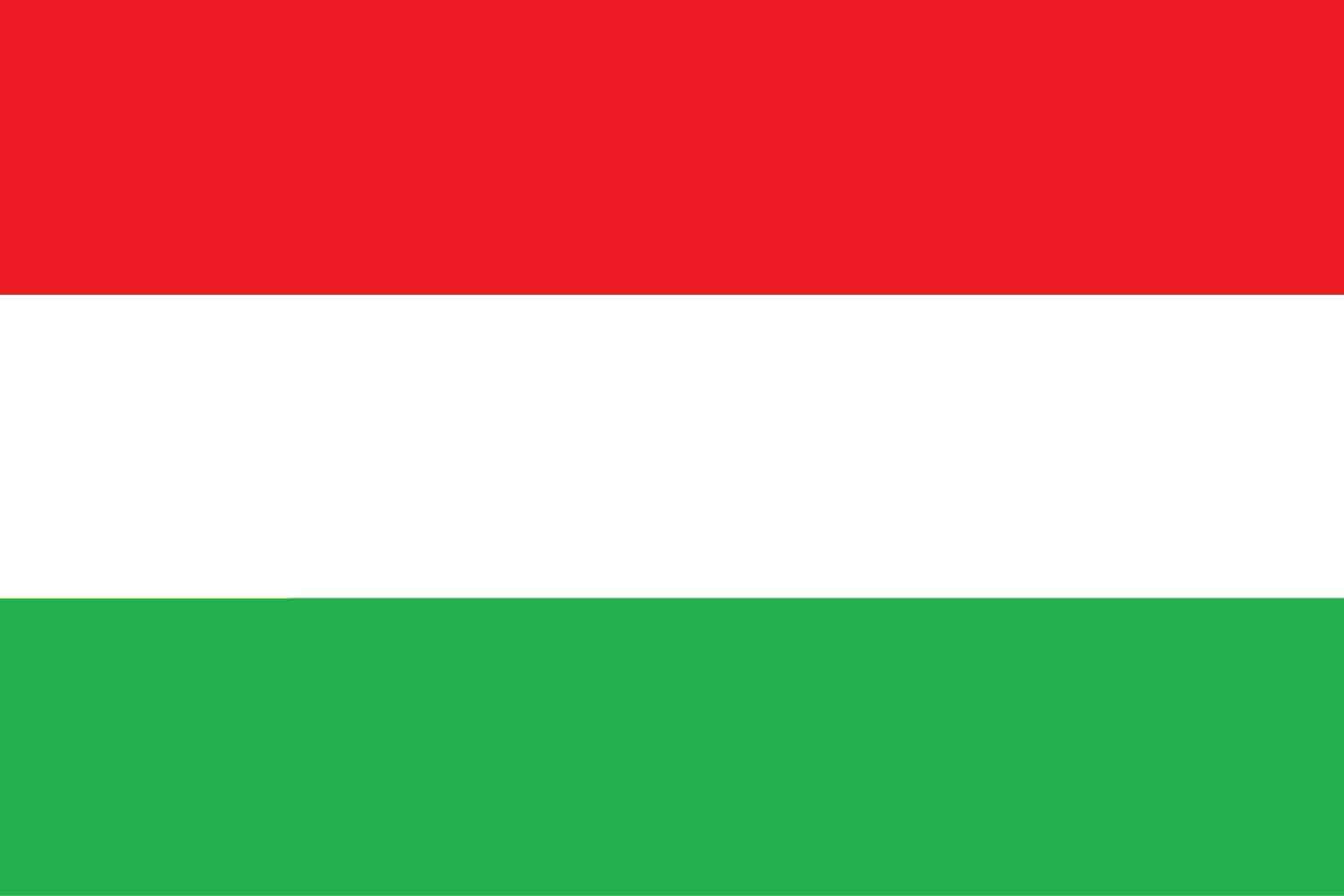
Embark on a journey through intriguing facts and lesser-known trivia about the Hungarian flag. Delve into the unique elements of the flag’s design, each holding deep symbolism. Uncover anecdotes of notable incidents or occasions involving the flag that have left a lasting impact on the nation’s narrative and ethos.
Rich Tapestry of History
- 1957: Hungary officially adopts its current flag on October 1, embodying the unity and aspirations of the Hungarian people.
- Colors and Symbolism: The red color represents strength, bravery, and the blood shed for Hungary’s freedom, while the white color featured in the coat of arms symbolizes purity and peace.
- Crown and Stripe: The crown and horizontal stripe at the center of the flag epitomize Hungary’s historical and cultural heritage, reminiscent of its struggles for independence and its royal legacy.
- National Identity: The flag encapsulates Hungary’s intricate history, cultural identity, and the nation’s continual pursuit of unity, progress, and rejuvenation.
These historical insights shed light on pivotal moments in the saga of the Hungarian flag, underscoring its significance in shaping Hungary’s national identity and reflecting its trials and aspirations across the ages.
Flag-Related Symbols and Emblems
Just like a flag represents a nation’s identity, Hungary has its own set of symbols and emblems deeply ingrained in its culture. Delve into the additional national symbols and emblems closely associated with Hungary, understanding their significance and historical roots, enriching your understanding of Hungary’s heritage. Embark on a journey through Hungary to explore its best destinations and immerse yourself in its rich cultural tapestry.
Symbolisms of the Hungarian Flag
The Hungarian flag bears several symbolic elements reflecting the nation’s history, values, and aspirations. Here are the symbolisms of the Hungarian flag presented in itemized form:
- Red, White, and Green Colors: These colors represent the land, blood, and hope of Hungary, symbolizing the nation’s struggles, sacrifices, and aspirations for a better future.
- Crown: The crown depicted in the flag represents the historical legacy of the Hungarian monarchy, symbolizing sovereignty, independence, and national pride.
- Coat of Arms: The coat of arms featured on the flag signifies Hungary’s royal heritage and noble lineage, embodying the country’s rich history and cultural identity.
- National Identity: The flag serves as a unifying symbol for the Hungarian people, fostering a sense of pride and belonging among citizens, regardless of their background or beliefs.
- National Aspirations: Through its design and elements, the flag encapsulates Hungary’s aspirations for freedom, democracy, and prosperity, reflecting the values and principles that unite the nation.
These symbolisms embedded in the Hungarian flag contribute to the country’s sense of identity and pride, reflecting its enduring historical journey and cultural significance.
Flags of Similar Countries or Regions
Exploring the flags of countries or regions surrounding Hungary can unveil fascinating insights. Delve into a comprehensive comparison of these flags, discerning the resemblances and disparities in their designs, colors, or symbolism. Uncover the historical and cultural connections between these flags, illuminating shared influences or distinct identities.
Hungarian Flag vs Austrian Flag

Similarity: Both flags prominently feature the color red.
Difference: The Austrian flag consists of three horizontal stripes of red and white.
Hungarian Flag vs Slovakian Flag

Similarity: Both flags use red prominently.
Difference: The Slovakian flag features a blue triangle on the hoist side with a white double cross.
Hungarian Flag vs Romanian Flag
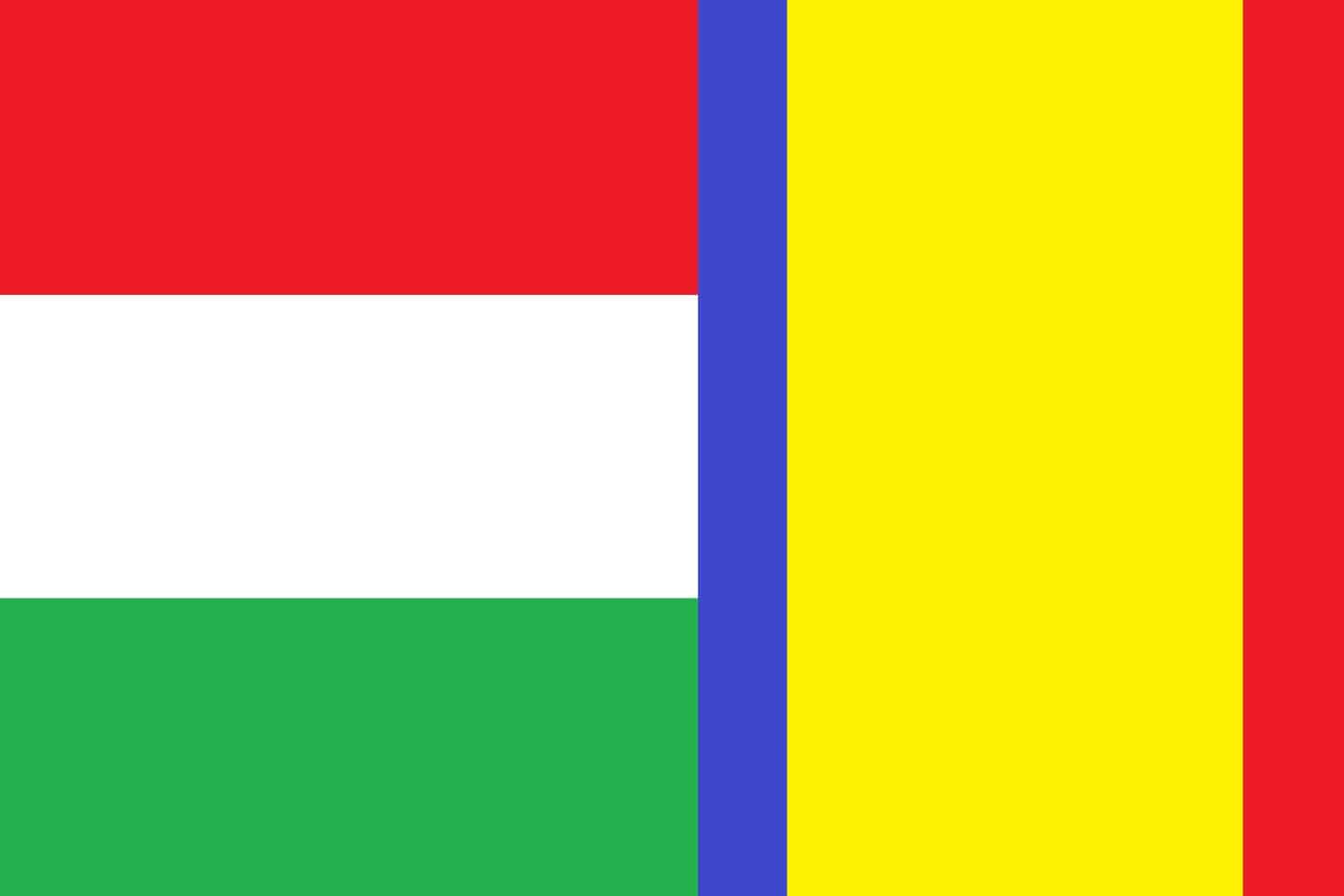
Similarity: Both flags incorporate red, white, and green in their design.
Difference: The Romanian flag features vertical stripes of blue, yellow, and red, with the blue stripe charged with a yellow symbol.
Hungarian Flag vs Serbian Flag
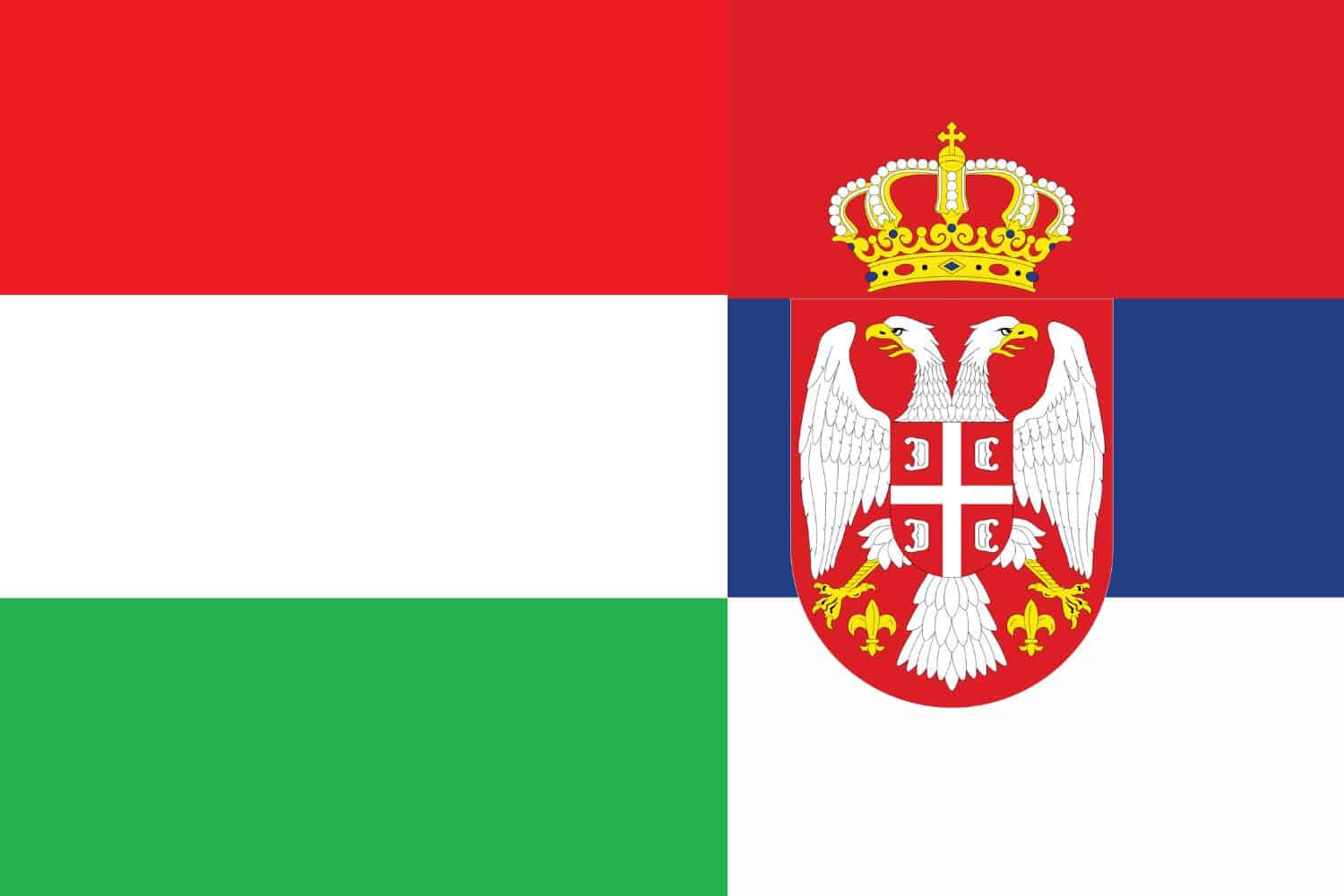
Similarity: Both flags feature red, white, and green.
Difference: The Serbian flag features horizontal stripes of red, blue, and white.
Frequently Asked Questions (FAQs)
Explore answers to common questions related to the Hungary flag picture. From its historical origins to the symbolism behind its elements, find concise and informative responses that address inquiries commonly posed by those curious about Hungary’s flag.
What are the colors of the Hungarian flag?
The Hungarian flag consists of three horizontal stripes: red on the top and bottom, and white in the middle.
What is the significance of the Hungarian flag’s colors?
The red symbolizes strength and valor, while the white represents freedom and fidelity.
Does the Hungarian flag have any historical significance?
Yes, the current design dates back to the 19th century and has been used as a symbol of Hungarian nationalism and independence movements.
Why does the Hungarian flag resemble the Italian flag?
The similarity is coincidental; both flags share the same tricolor design but have different historical backgrounds and meanings.
Are there any rules or regulations regarding the display of the Hungarian flag?
Yes, the Hungarian flag should be displayed with respect and dignity, and there are guidelines for its proper usage on official and ceremonial occasions.
Does the Hungarian flag have any variations for specific events or purposes?
While the basic design remains consistent, variations may exist for ceremonial purposes or to denote specific affiliations, such as military flags or presidential standards.
What is the origin of the Hungarian flag’s design?
The tricolor design of red, white, and green has roots in Hungarian history and symbolism, representing the nation’s values and aspirations.
Has the Hungarian flag undergone any changes over time?
The basic design has remained unchanged, although there have been variations in shades and proportions throughout history.
